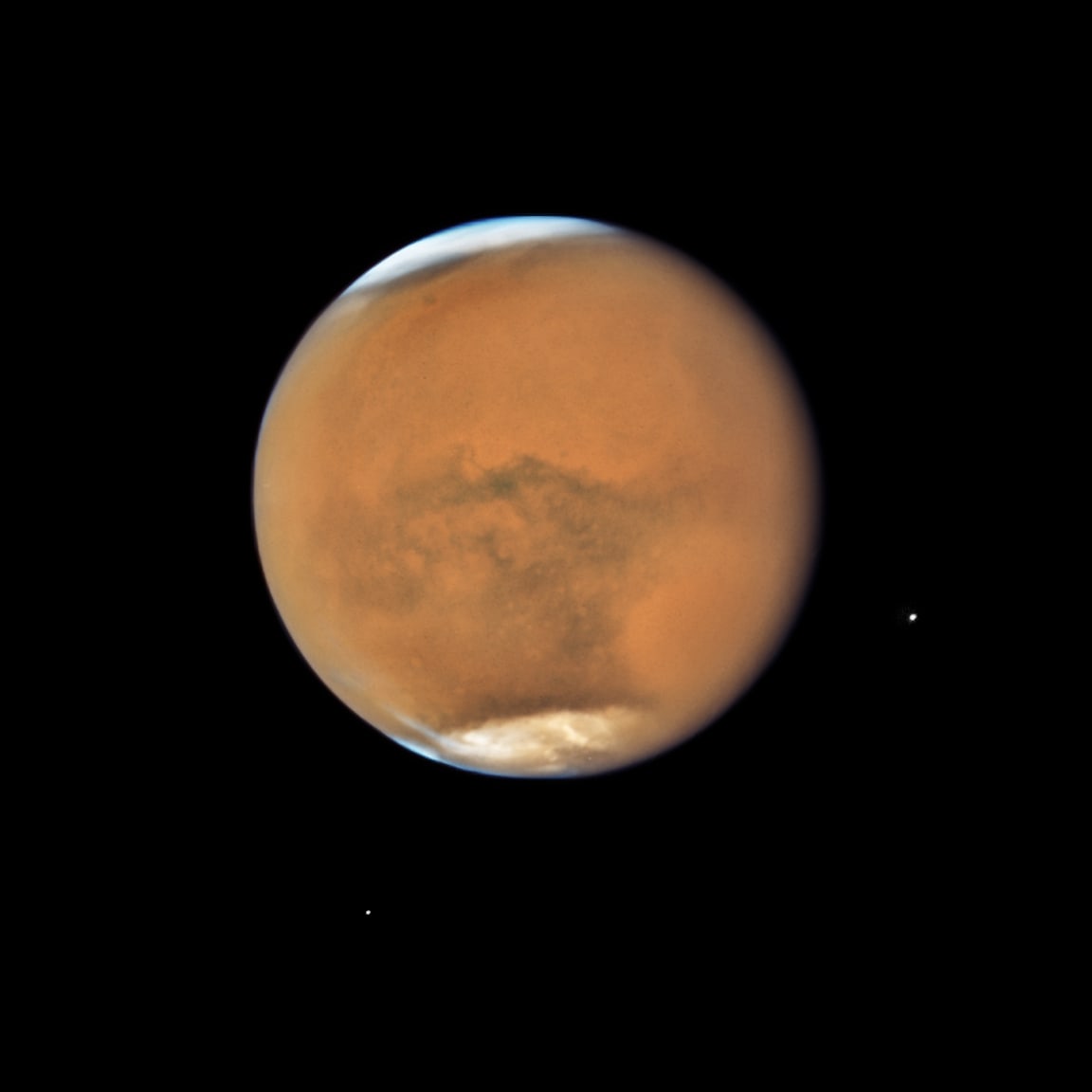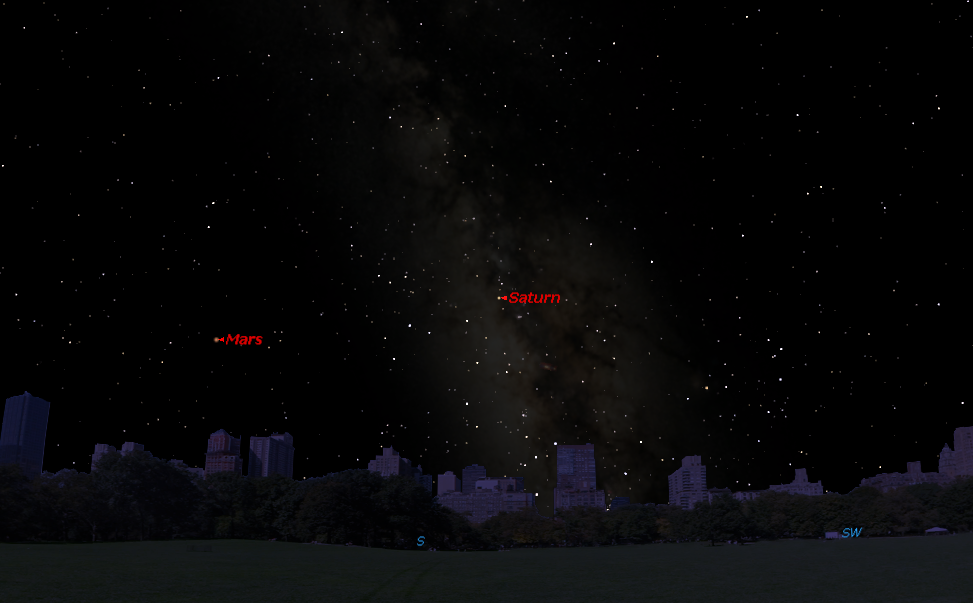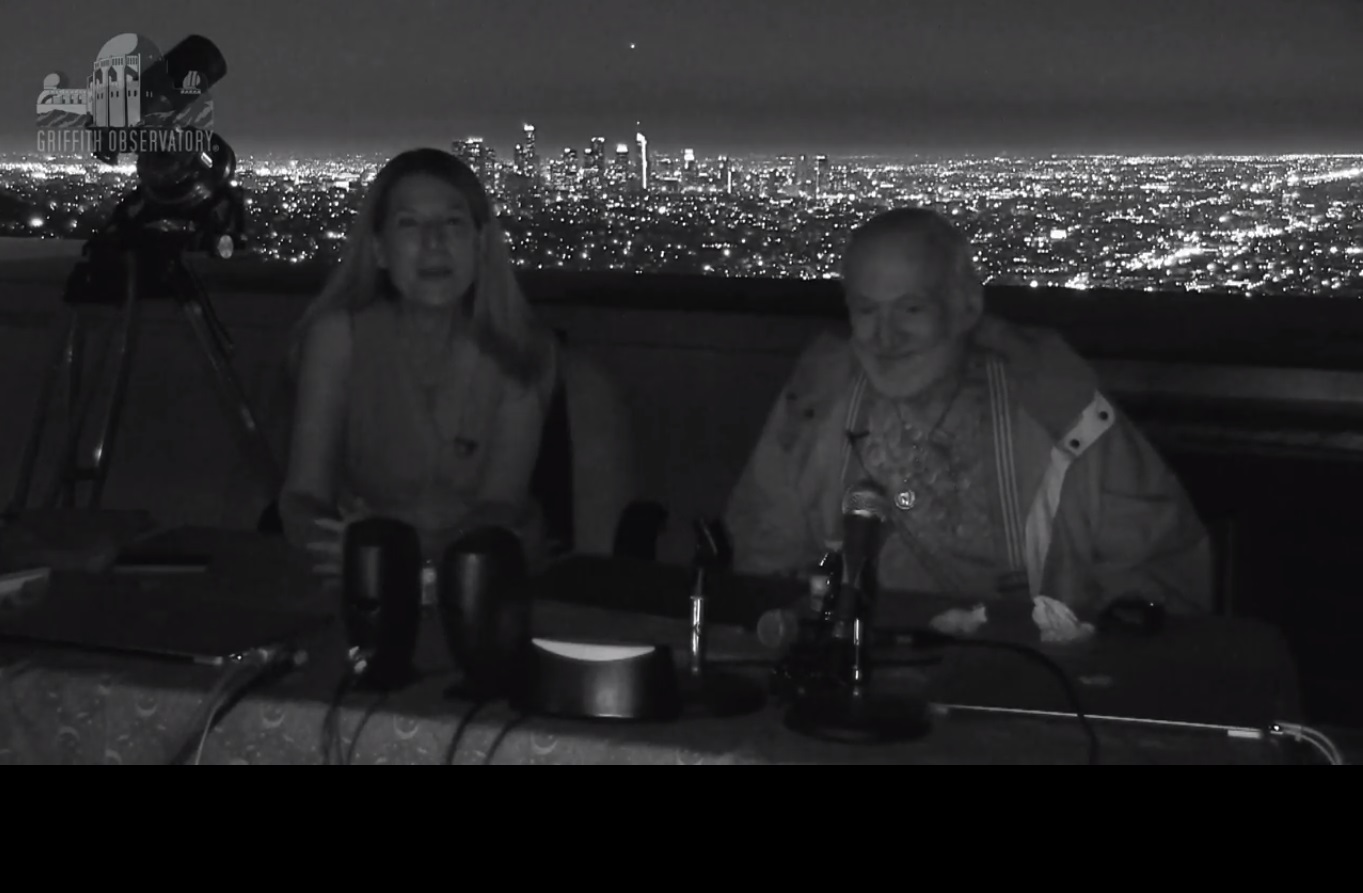Mars Is At Its Closest to Earth Since 2003 Today! It Won't Be Closer Until 2035
Editor's note: This story was updated on Aug. 1 to correct the year in which Mars will be closer to Earth than it was July 31, 2018. It is 2035, not 2287.
Early this morning, Mars made its closest approach to Earth since 2003 — but if you missed it, the Red Planet is still a magnificent sight to see in the night sky. Humanity will have to wait another 17 years for Mars to be closer, NASA says.
At 3:50 a.m. EDT (0750 GMT), Mars reached the closest point to Earth in its orbit. The Red Planet hadn't been that close to Earth since August 2003. (And when this last approach occurred, it was the first time in 60,000 years that Mars had come so close.) This occurrence follows last week's Mars event: On Friday (July 27), the Red Planet reached opposition with the sun and remained at its brightest in the night sky through Monday night and early today (July 31). [Mars at Opposition 2018: How to See It]

According to NASA, Mars was 35.8 million miles (57.6 million kilometers) from Earth at its closest point this morning. Mars won't approach any closer to Earth until September 2035, NASA officials said.
In August 2003, Mars was a smidge closer: 34.6 million miles (55.6 million km). Mars won't be that close to Earth until 2287, according to a NASA update. Mars will reach opposition again before then. In October 2020, the Red Planet will reach opposition and will be 38.6 million miles (62.1 million km) from Earth, according to NASA's update.
You can see Mars tonight by looking to the southwestern sky. Weather permitting, Mars will be visible low on the southwestern horizon, with the moon shining to the upper left. Saturn will also be visible, as shown in the map below.

If you missed it, don't believe any crazy stories you may hear about its apparent size. Mars wasn't as big as the moon in the night sky — not even close; that story is a hoax that somehow pops up every single year. In reality, at Mars' closest approach, the moon still appeared 75 times larger than the Red Planet, while Mars appeared as an extremely bright, star-like object that was visible for much of the night. But if you slept through the whole event, don't worry! Mars will still be especially bright and close tonight, so make sure to look up!
Get the Space.com Newsletter
Breaking space news, the latest updates on rocket launches, skywatching events and more!
You can even look back at some of the views from Mars' closest point in a webcast that filmed the event live from the Griffith Observatory in Los Angeles.
You can re-watch the webcast, which was hosted by Laura Danly, online. In the video, you can see telescopic imagery of the Red Planet, conversations between scientists as they observe the night sky, and guest appearances by a number of people, including "Star Trek: Voyager" actor Tim Russ, and former NASA astronaut Buzz Aldrin. Aldrin is an active proponent of humankind exploring farther out into the solar system and landing a crewed mission on Mars. In fact, Aldrin spoke passionately in the webcast about a future hope to first return to the moon, and then Mars.
"We should establish an occupancy on the moon," Aldrin said in the live video about Earth's satellite that he once stepped foot on. He continued, saying that "we need to occupy the moon while we are preparing with those lessons to begin to land and stay on Mars."
Aldrin added that reaching these ambitious goals will require innovation, and he hopes that he can "inspire the next generation" to take these massive steps.

At its closest approach, Mars shone at a magnitude of minus 2.8, which is twice as bright as Jupiter but dimmer than Venus (lower magnitudes mean it looks brighter). In fact, Mars will remain brighter than Jupiter in the night sky until about Sept. 7.
Mars will become fainter by mid-August as the two planets orbit away from each other around the sun. So, while it won't remain this bright in the night sky for long, it will be brilliant long enough for everyone to take a look.
Saturn also made a close approach to Earth this summer, and the ringed planet remains especially visible for anyone scouring the sky for the best sights.
If you missed Mars' closest approach, you can still see the planet shining brightly tonight, with friends at a viewing party, online or even in a mobile app. If you can't wait to see Mars make an exceptionally close approach to Earth again, the next close approach for the Red Planet will be on Oct. 6, 2020.
Email Chelsea Gohd at cgohd@space.com or follow her @chelsea_gohd. Follow us @Spacedotcom, Facebook and Google+. Original article on Space.com.
Join our Space Forums to keep talking space on the latest missions, night sky and more! And if you have a news tip, correction or comment, let us know at: community@space.com.

Chelsea “Foxanne” Gohd joined Space.com in 2018 and is now a Senior Writer, writing about everything from climate change to planetary science and human spaceflight in both articles and on-camera in videos. With a degree in Public Health and biological sciences, Chelsea has written and worked for institutions including the American Museum of Natural History, Scientific American, Discover Magazine Blog, Astronomy Magazine and Live Science. When not writing, editing or filming something space-y, Chelsea "Foxanne" Gohd is writing music and performing as Foxanne, even launching a song to space in 2021 with Inspiration4. You can follow her on Twitter @chelsea_gohd and @foxannemusic.









